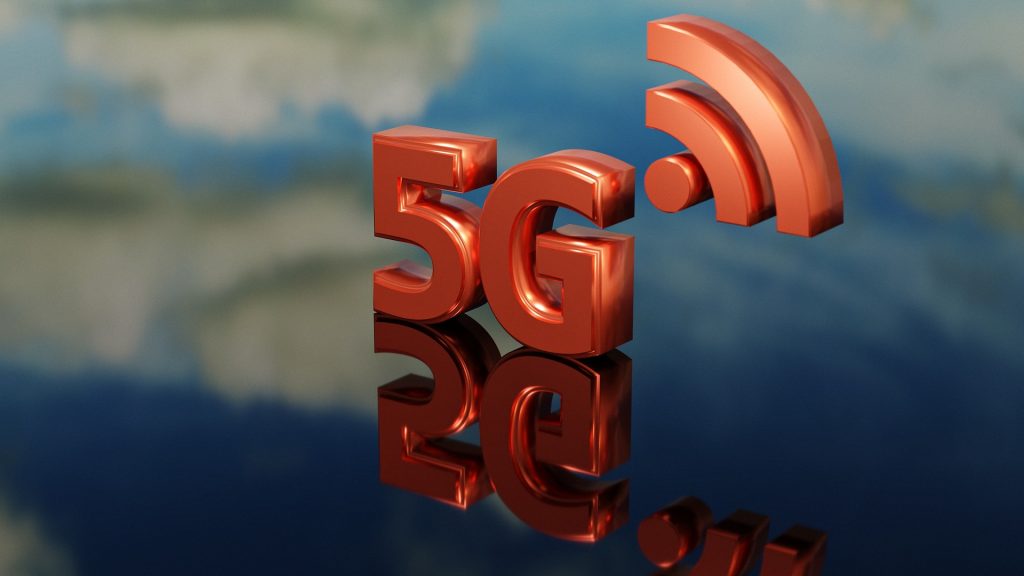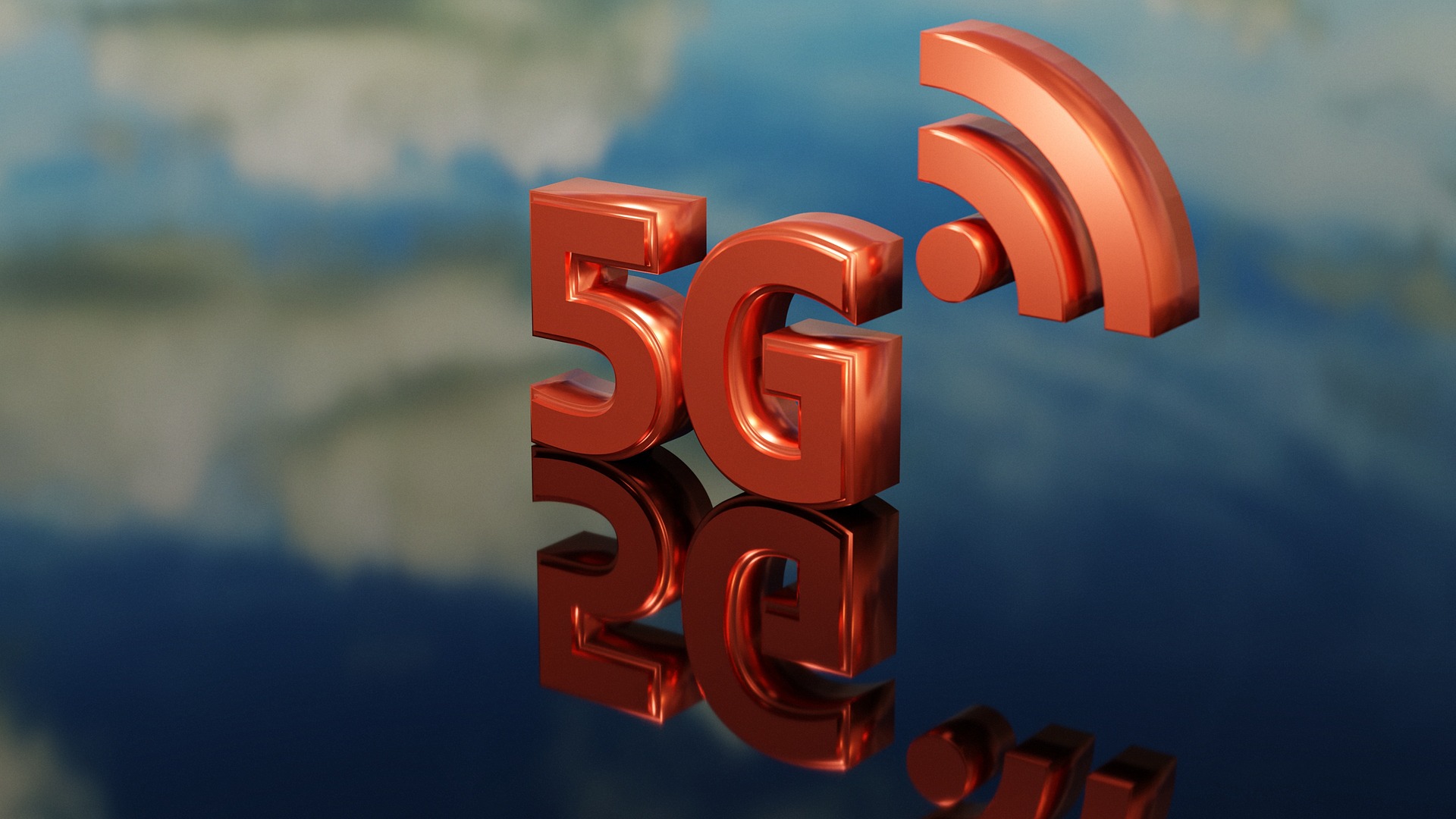
With 5G becoming an increasingly important component of the Cloudcell portfolio, we thought it would be timely to put together a top-level overview of how 5G technology is set to influence our lives and empower the Internet of Things (IoT) we keep hearing about.
Firstly, very quickly, what is 5G?
Put simply, the fifth generation of mobile networks, or 5G, is the latest iteration of wireless communication technology that promises faster data speeds, lower latency, and greater capacity than its predecessor, 4G LTE.
While the technology is still in its early stages, its potential to revolutionise modern life and the Internet of Things (IoT) is already stark.
One of the most significant benefits of 5G technology is its speed. With data speeds that can reach up to 10 gigabits per second (more on these speeds later), 5G networks are expected to be up to 100 times faster than 4G LTE. This means that users can download and stream high-quality content, such as 4K and 8K videos, in seconds, without experiencing buffering or lag. This improved speed will also make it possible for IoT devices to transmit and receive data in real-time, making them more responsive and efficient.
The lower latency of 5G technology is also a significant advantage. Latency refers to the delay between when a user sends a request and when the network responds. With 5G technology, latency is expected to be reduced to as little as 1 millisecond, compared to 20-30 milliseconds for 4G LTE. This means that applications that require real-time data processing, such as virtual and augmented reality, autonomous vehicles, and remote surgeries, can operate more smoothly and with greater accuracy.
The greater capacity of 5G networks is another significant advantage. With more bandwidth available, more devices can connect to the network simultaneously without experiencing congestion or slowdowns. This will be particularly important as the number of IoT devices continues to grow. By 2025, it’s estimated that there will be over 75 billion IoT devices worldwide. With 5G technology, these devices can communicate with each other and the cloud more efficiently, enabling new applications and services that were previously not possible.
5G technology is already influencing modern life in several ways. For example, it is enabling the development of smart cities, improving healthcare and transforming manufacturing.
It is not all plain sailing though. There are currently a number of significant limitations associated with 5G technology:
- Infrastructure: One of the biggest limitations of 5G technology is the need for significant infrastructure upgrades. 5G networks require more cell towers and base stations, and these must be located closer together than 4G LTE infrastructure. This means that significant investment is required to build out the necessary infrastructure, which may not be feasible in some areas. At Cloudcell we have been conducting speed tests regularly and the results are far from the superfast numbers quoted earlier. There is also a significant difference between rural and urban coverage.
- Interference: 5G networks operate at higher frequencies than 4G LTE, which means that they are more susceptible to interference from buildings, trees, and other obstacles. This may result in patchy coverage, particularly in urban areas where there are generally taller buildings.
- Compatibility: Another potential limitation of 5G technology is compatibility with existing devices. While many new devices are 5G compatible, older devices may not be, which could limit the adoption of the technology.
- Security: 5G technology poses new security challenges, particularly as it will be used to connect a large number of IoT devices. The huge number of connected devices makes it difficult to secure the network and the data that is transmitted over it.
- Cost: The higher cost of 5G technology is another potential limitation. Building out the necessary infrastructure and upgrading devices to be 5G compatible requires significant investment, which may be prohibitive for some organisations and individuals.
Clearly there are challenges with 5G adoption but the opportunities the technology unlocks make it worthwhile persisting. We’ve outlined just a few areas where 5G technology can be revolutionary:
- Autonomous vehicles: 5G technology can enable real-time communication between vehicles and infrastructure, making it possible for autonomous vehicles to navigate roads more safely and efficiently. With 5G, vehicles can communicate with each other and with infrastructure in real-time, making it possible to avoid accidents, optimise routes, and reduce congestion.
- Virtual and augmented reality: The lower latency and faster speeds of 5G technology make it possible to deliver immersive virtual and augmented reality experiences in real-time. This opens up new opportunities for industries such as entertainment, gaming and education to name but three.
- Smart cities: 5G technology will enable the development of smart cities, where IoT devices are used to optimise everything from traffic flow to energy consumption. With 5G, sensors can collect data in real-time, enabling cities to respond more quickly to changing conditions and improve the quality of life for residents.
- Healthcare: 5G technology has the potential to transform healthcare by enabling remote consultations, real-time patient monitoring, and remote surgeries. With 5G, doctors can monitor patients in real-time, enabling faster diagnosis and treatment of medical conditions.
- Manufacturing: 5G technology is transforming manufacturing by enabling factories to use real-time data to optimize production processes and improve efficiency. With 5G, sensors can collect data on everything from inventory levels to machine performance, enabling factories to respond more quickly to changes in demand.
- Energy management: 5G technology can also be used to optimize energy consumption, reducing costs and improving efficiency. With 5G, sensors can collect data on energy usage in real-time, enabling businesses and households to identify areas where energy can be conserved and costs reduced.
The Cloudcell team are very excited about the possibilities that 5G technology offers across a wide range of industries and applications. From autonomous vehicles and smart cities, to healthcare and manufacturing, the faster speeds, lower latency, and greater capacity of 5G networks will enable new applications and services that were previously not possible. And the possibilities are endless. As the technology continues to develop and roll out, we can expect to see even more innovative and transformative use cases, which we haven’t even considered yet.
And whilst there are still several limitations that must be overcome, such as infrastructure upgrades, security and cost, these challenges will be addressed in time. The result will see 5G technology (and its successor) revolutionising modern life for us all. That we can be sure of.
